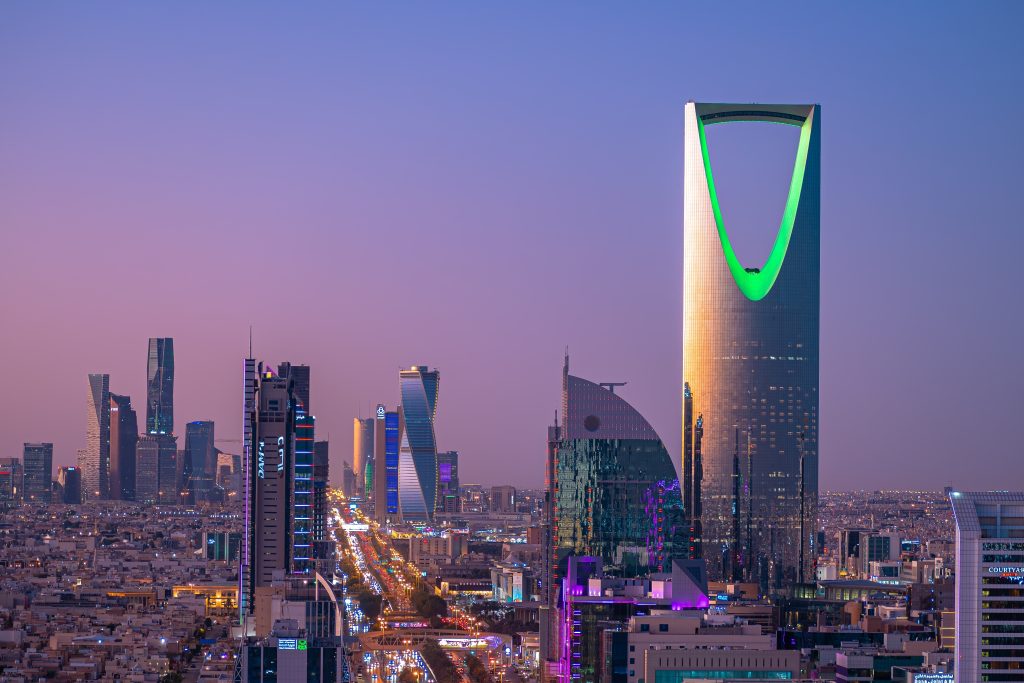In a significant move towards reducing its reliance on oil, Saudi Arabia has reached a pivotal point as its non-oil sector now comprises half of the country’s GDP for the first time. This achievement was reported in government statistics unveiled last month, highlighting a real GDP growth in non-oil industries of approximately 4.4%, which translates to a valuation of around 1.7 trillion Saudi riyals (roughly $453 billion). This progression aligns with the nation’s Vision 2030 agenda, which emphasizes economic diversification as a key target.
Economist Nasser Saidi, who previously served as Lebanon’s economy and trade minister, emphasizes the necessity of this shift, particularly in light of the high demand for employment opportunities from Saudi Arabia’s youthful and educated populace, where nearly one-third are under the age of 30.
The Saudi government has been proactive, introducing initiatives designed to bolster the service and manufacturing sectors. This led to significant growth in private consumption within the entertainment, hospitality, and tourism industries, which collectively formed 40% of the nation’s economic output in the previous year.
The tourism industry, buoyed by $13 billion of private investments and attracting 27 million international and 77 million local tourists last year, stands out as a key contributor to this non-oil sector success story, according to Saidi.
Despite these advancements, the overall real GDP of Saudi Arabia experienced a 4.3% decline year-on-year in 2023. The primary factor was a reduction in the oil sector’s productivity, as a result of voluntary production curtailments by OPEC nations amid global market adjustments and increasing production from non-member countries. Furthermore, it’s noteworthy that the majority of Saudi wealth remains untapped beneath the surface; excluding oil, mining and quarrying represented a third of the non-oil output last year. Other significant contributors to the GDP included manufacturing, at over 15%, and the combined efforts of the real estate and construction sectors, which accounted for 14%.
